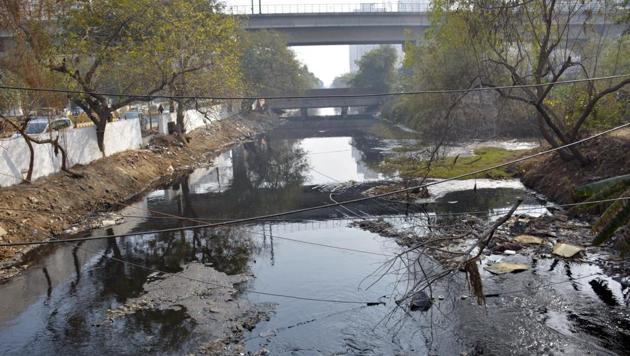India, the world’s fastest growing major economy, must develop sustainably
India must focus on sustainable urbanisation, green industrialisation, and inclusion of the rural economy.
India is now the world’s fastest growing major economy. This is worth celebrating although there is a long road to catch up. In nominal terms, the US economy is still seven times as large as India’s. China’s GDP was 140% larger than India’s in 1998. Twenty years later, its faster growth rates have ensured that China’s economy is now 370% larger. But the nature of growth also matters: how sustainable, how equitable, how inclusive. Can India become not just the world’s fastest growing economy, but also the fastest growing inspiration?

China has enjoyed an investment-driven growth surge for four decades. In recent years, it has invested heavily in green infrastructure such as renewables and high-speed railways. In parallel, local governments have recently approved more than 100 new coal-fired power plants adding to a glut in thermal power capacity. A World Resources Institute report found that, during 2014-17, most of China’s cross-border loans and investments in energy and transportation via the Belt and Road Initiative were also linked to fossil fuels. China’s very high investment rates (44% of GDP in 2017)—a lot of black with shades of green—might not last long. It is certainly financially unsustainable for other developing countries.
With its new-found pole position, India has an opportunity to grow differently: green industrialisation, sustainable urbanisation, and inclusion of the rural economy. First, researchers at the Council on Energy, Environment and Water (CEEW) find that industrial development and a smaller carbon footprint need not be contradictions. It would mean using lower carbon energy sources for heavy industries, such as more efficient allocation of premium resources like natural gas, renewables-derived hydrogen for steel and ammonia, or refuse-derived fuels for cement. Two million micro, small and medium enterprises (MSMEs) account for 45% of industrial value addition and 40% of the workforce. Our survey of 429 MSMEs in eight states found that they needed practical training, working capital loans and policy signals to nudge them towards resource efficiency and to tap opportunities in a circular economy of converting waste into wealth.
Secondly, with 34% of the population living in cities, urban India is already the world’s second largest country. Hundreds of millions more will move to India’s cities. For a country on the move, only 10 cities have metro rail and 15 more have metro construction in the pipeline. Much more investment is needed for improved mobility via public transport and equitable connectivity.
Quality of life matters. As a hot country, our air-conditioning, refrigeration and cold chain demand will grow eight-fold by 2038. India can leverage its draft Cooling Action Plan to drive technology choices that use less-polluting refrigerants and more efficient equipment. Moreover, if we did not confront air and water quality as matters of public health and economic productivity, our cities will not be liveable and will lose out on investment.
As demand for built infrastructure rises, climate change and extreme weather events will make our fast-growing cities more vulnerable. Sustainable urbanisation means being proactive in designing cities by anticipating non-linear climate risks.
Urbanisation notwithstanding, we cannot drive a democratic, sustainable growth model without including the majority of the population still in rural areas. Even there, sustainability can be a driver. This, of course, includes agriculture. Experiments with natural farming are now gaining scale. Andhra Pradesh plans to shift all 6 million farmers to natural farming by 2024. Nationwide, there is a plan to deploy 2.75 million solar-based irrigation pumps, both standalone and grid-connected. These would be sustainable only if combined with efficiency in water use, paying attention to groundwater levels and switching to higher value crops. The non-farm sector offers another multi-billion dollar opportunity for sustainability. By CEEW’s estimates, for 14 non-farm income-generating activities, there is a potential market of $13 billion to use clean energy-based applications.
India’s experiments with sustainability need to internalise that India cannot be governed top-down. It can only be governed bottom-up, through an enabling mechanism that has equity at its core. If sustainability is seen to be an imposition, there will be backlash. Instead, if clean technologies improved delivery of essential services (energy, water, housing, mobility, healthcare) and if inclusive and innovative financing helped to invest in resilient infrastructure in towns and villages, then India would become an inspirational example, an alternative model to which many other countries could aspire. The celebration should not be about whether we are growing faster than China. The introspection should be about whether we are growing differently.
Arunabha Ghosh is CEO, Council on Energy, Environment and Water
The views expressed are personal



